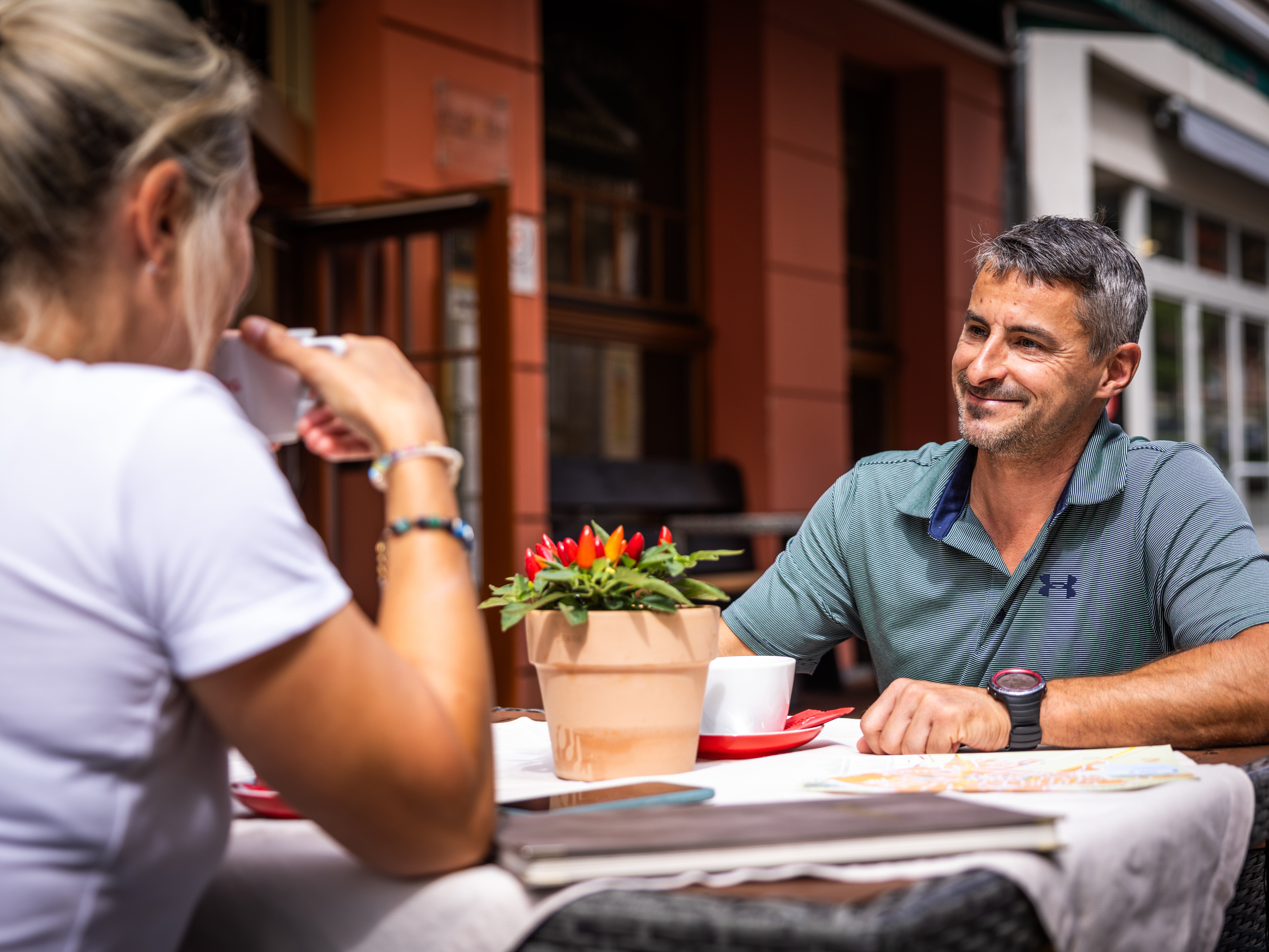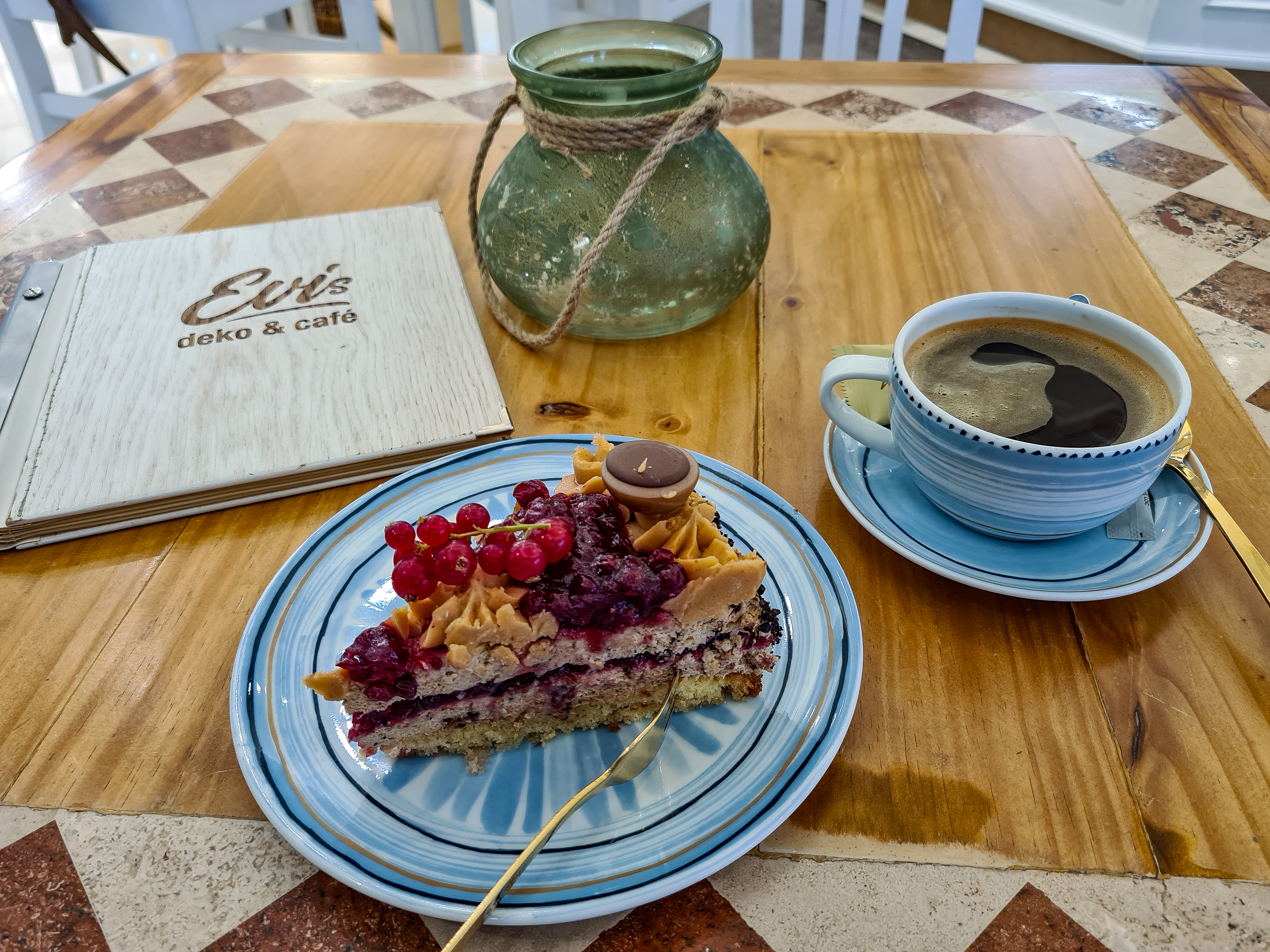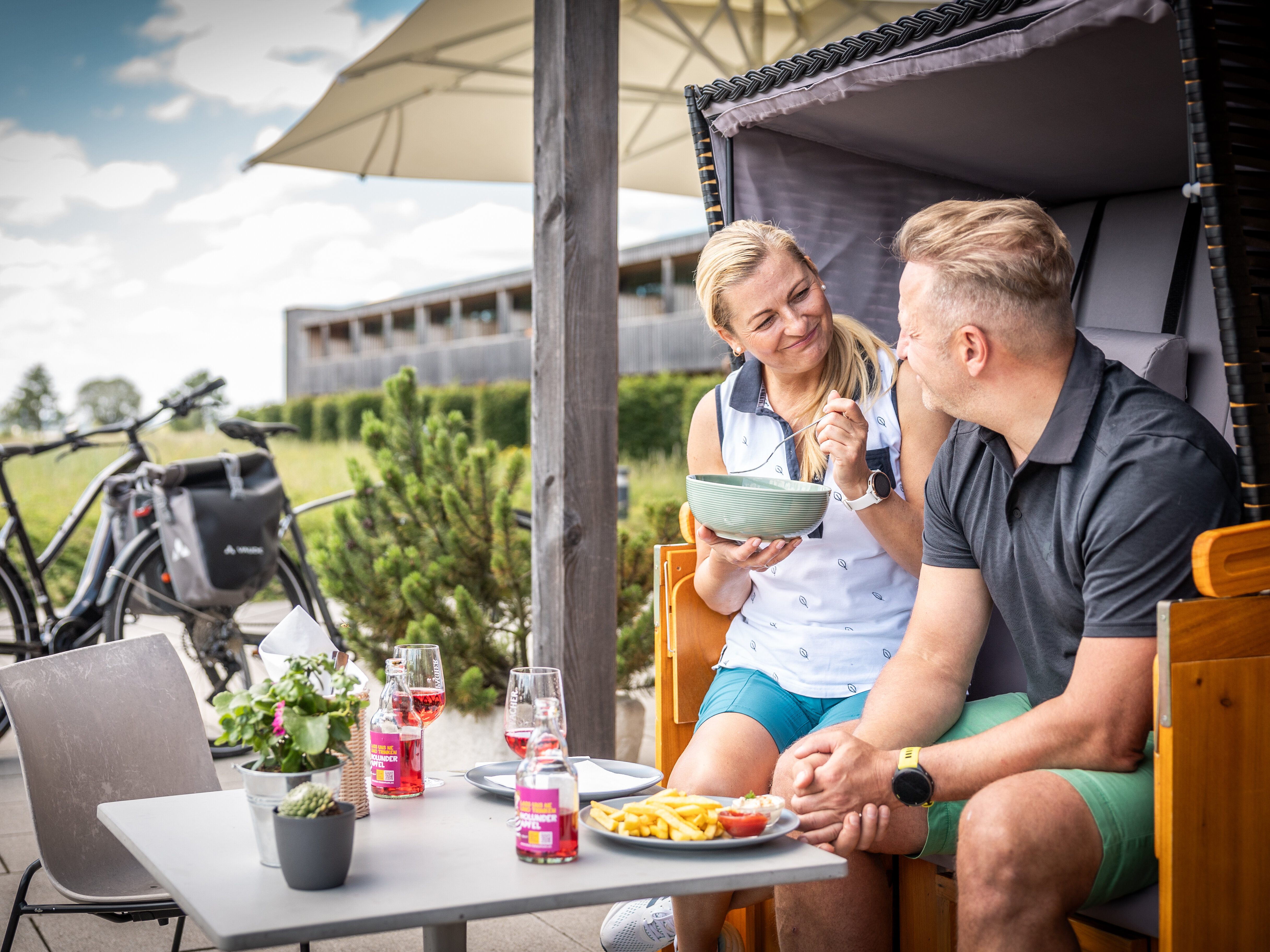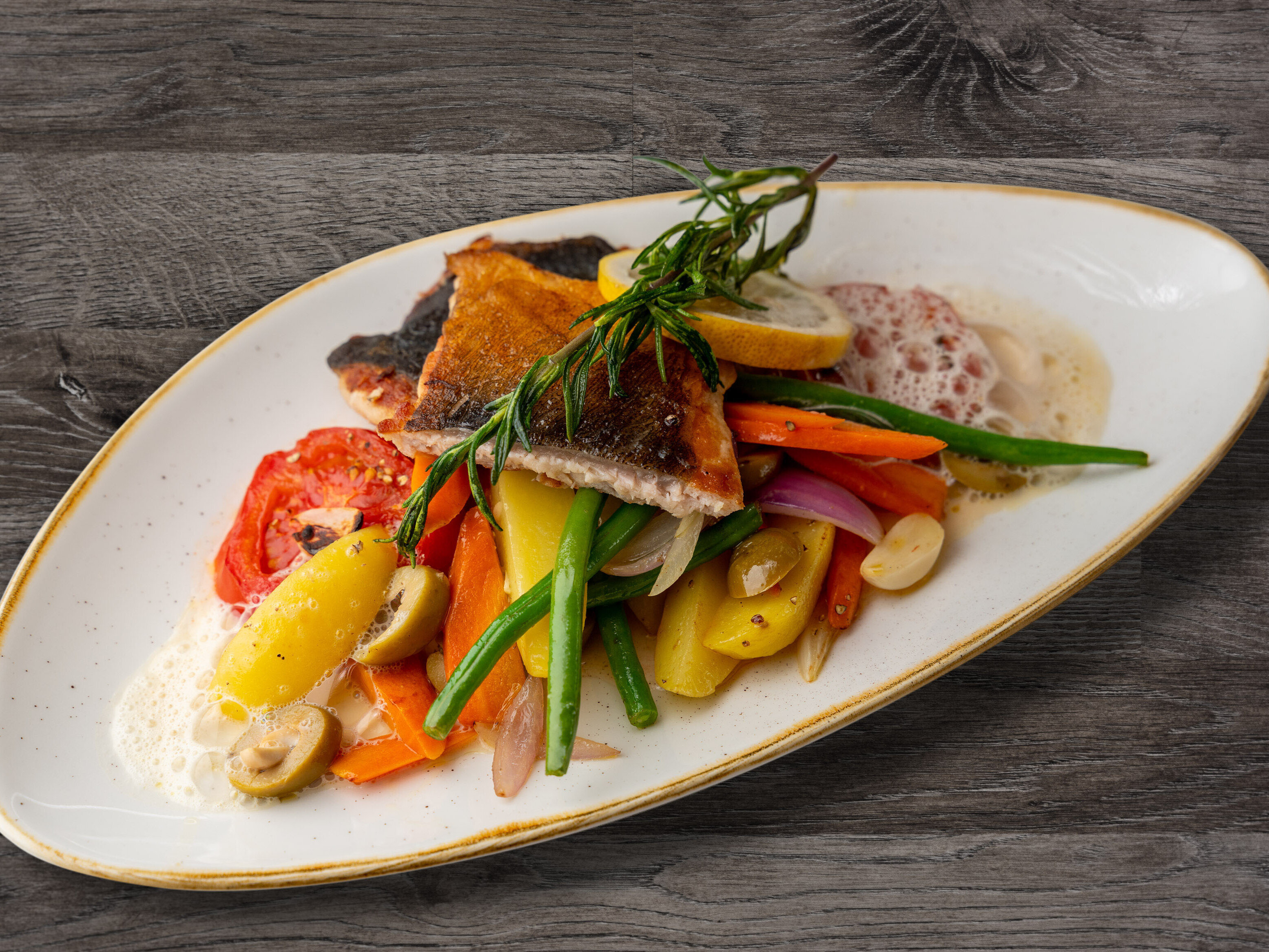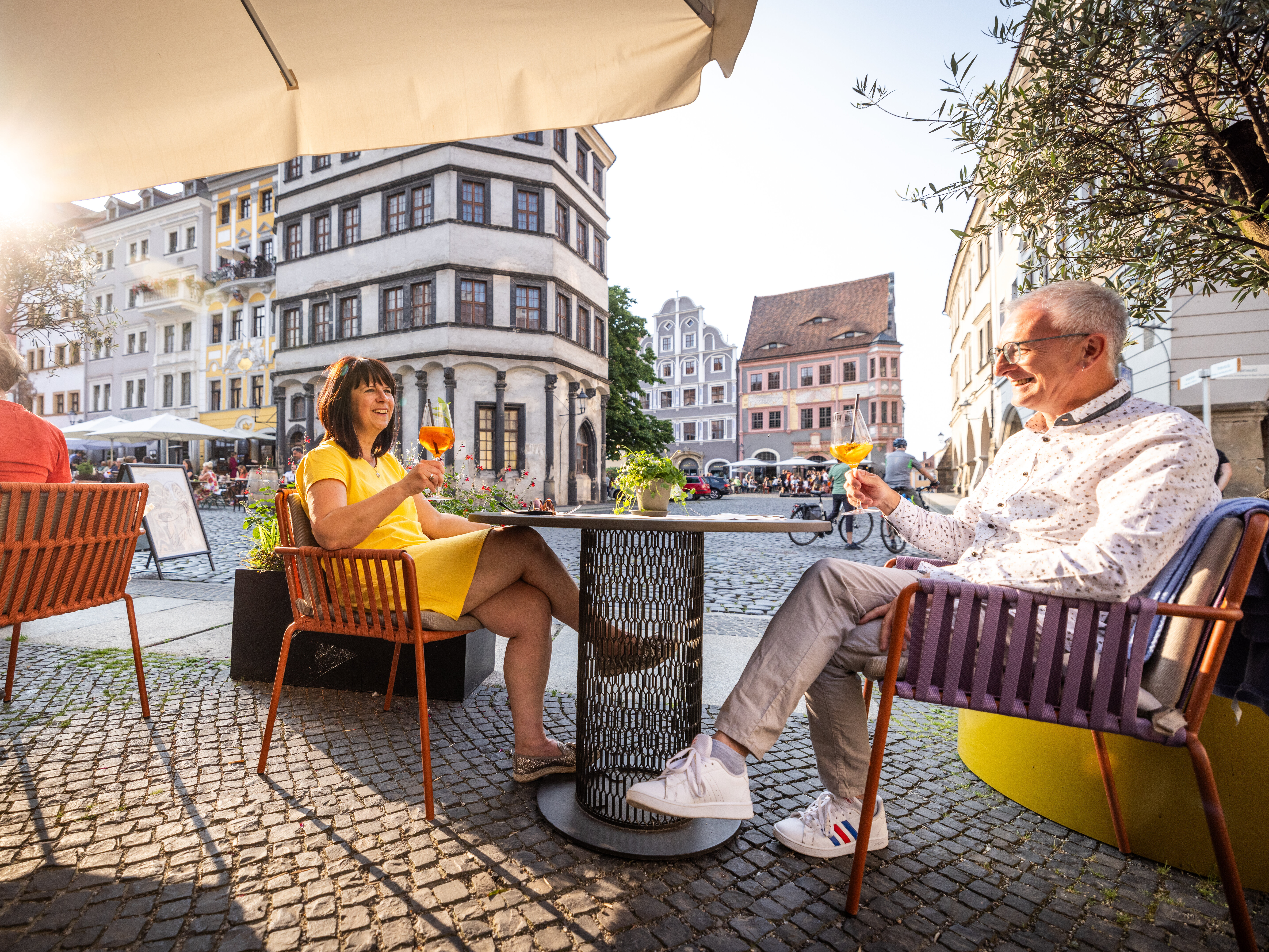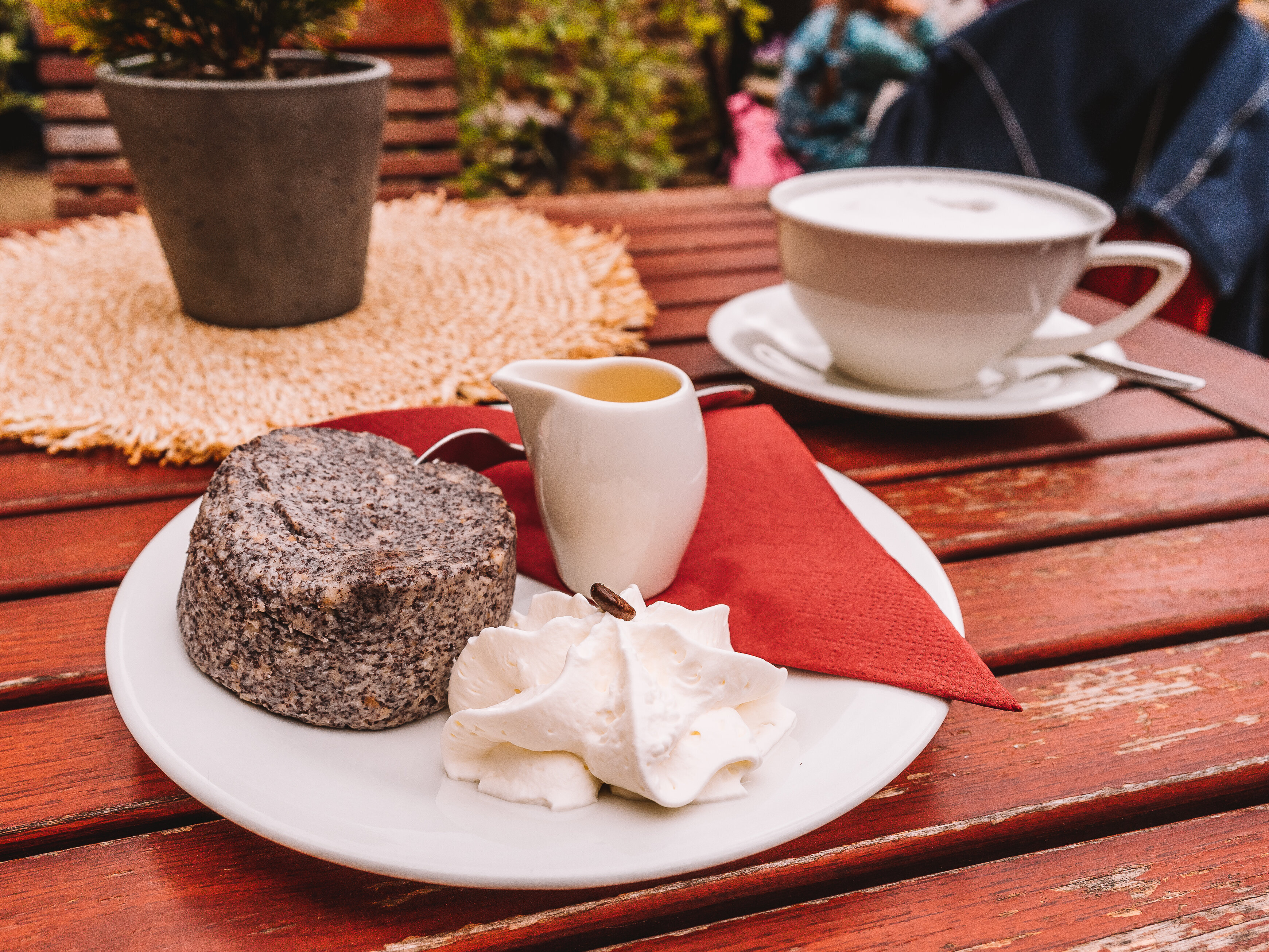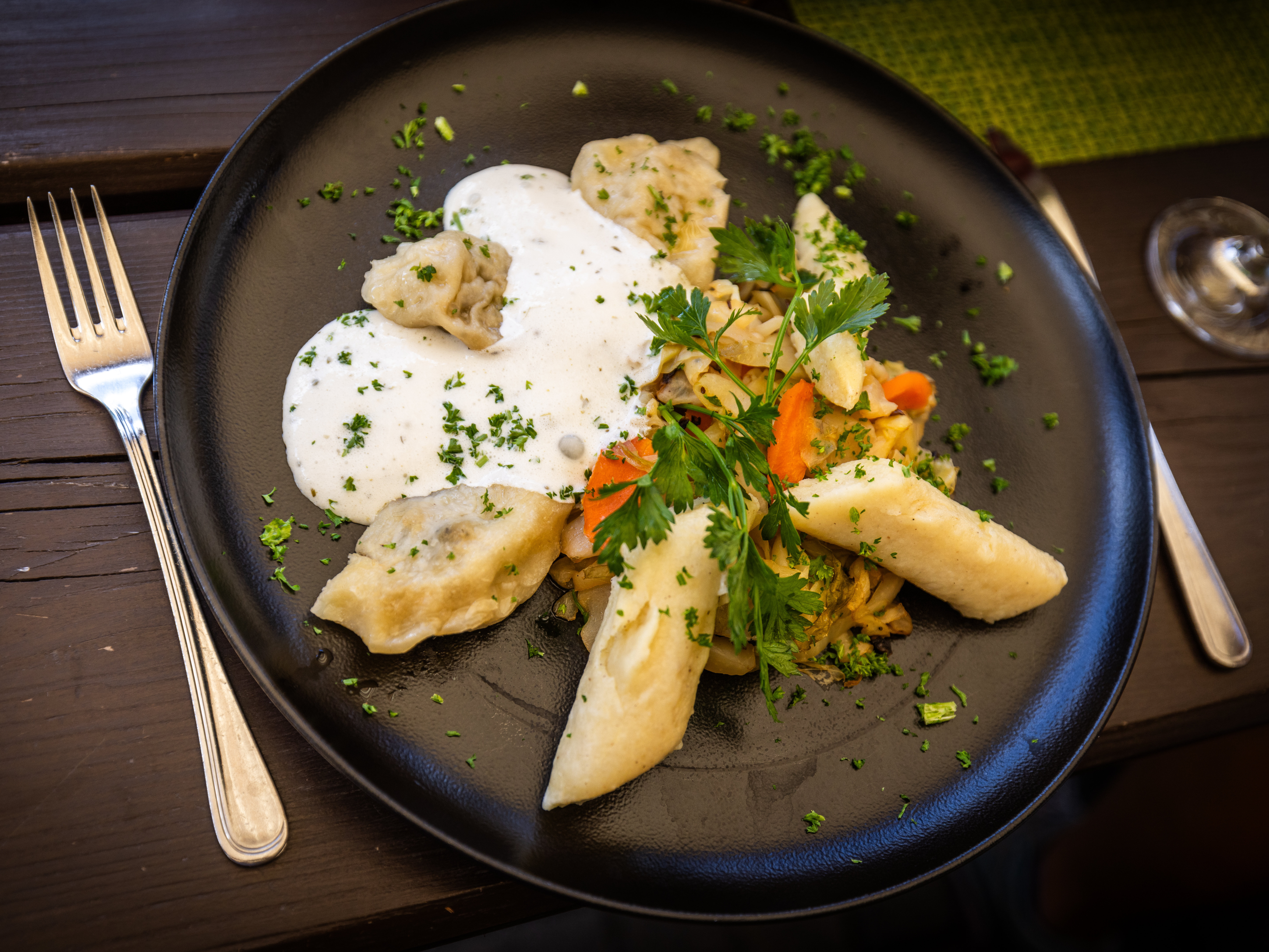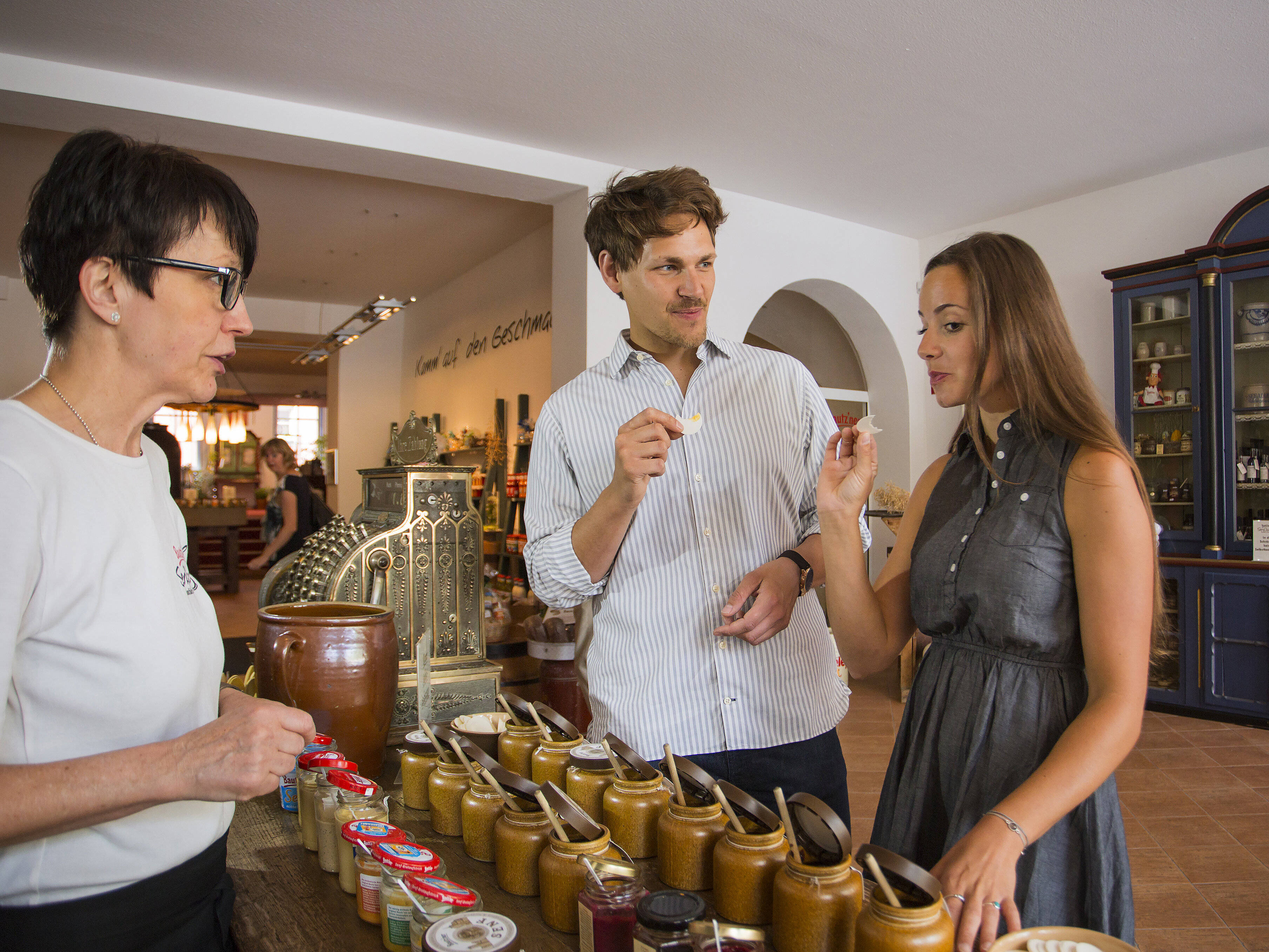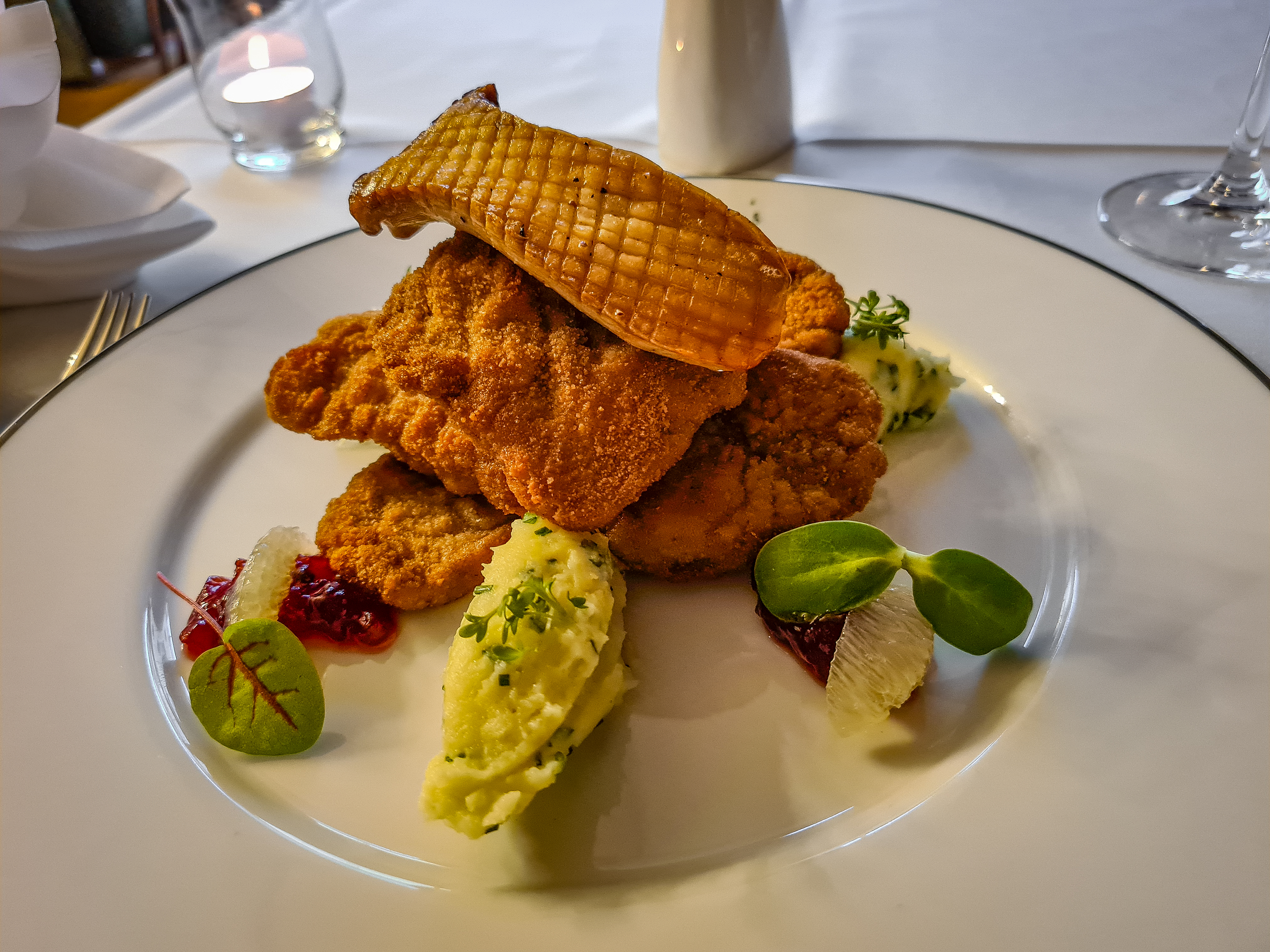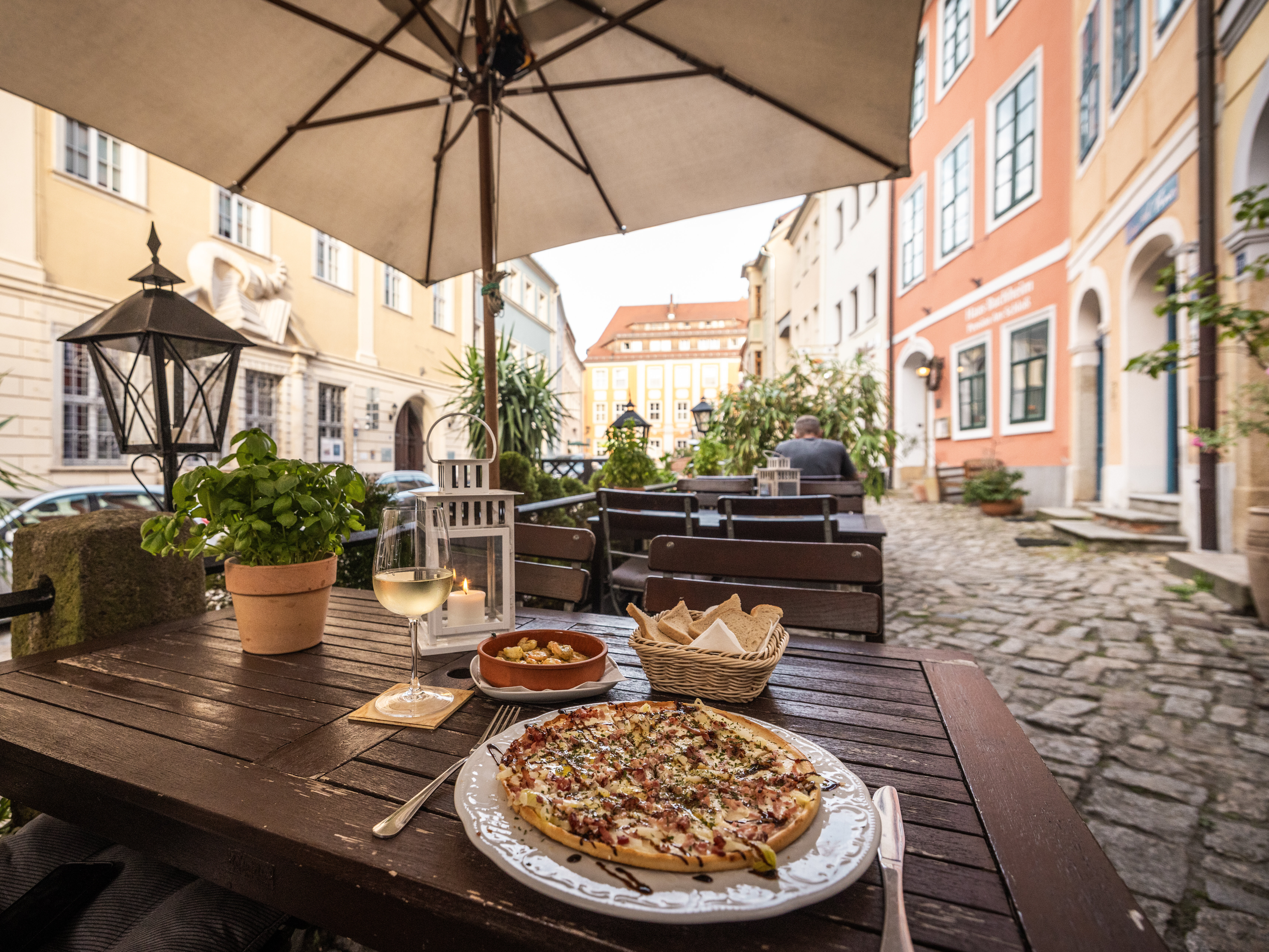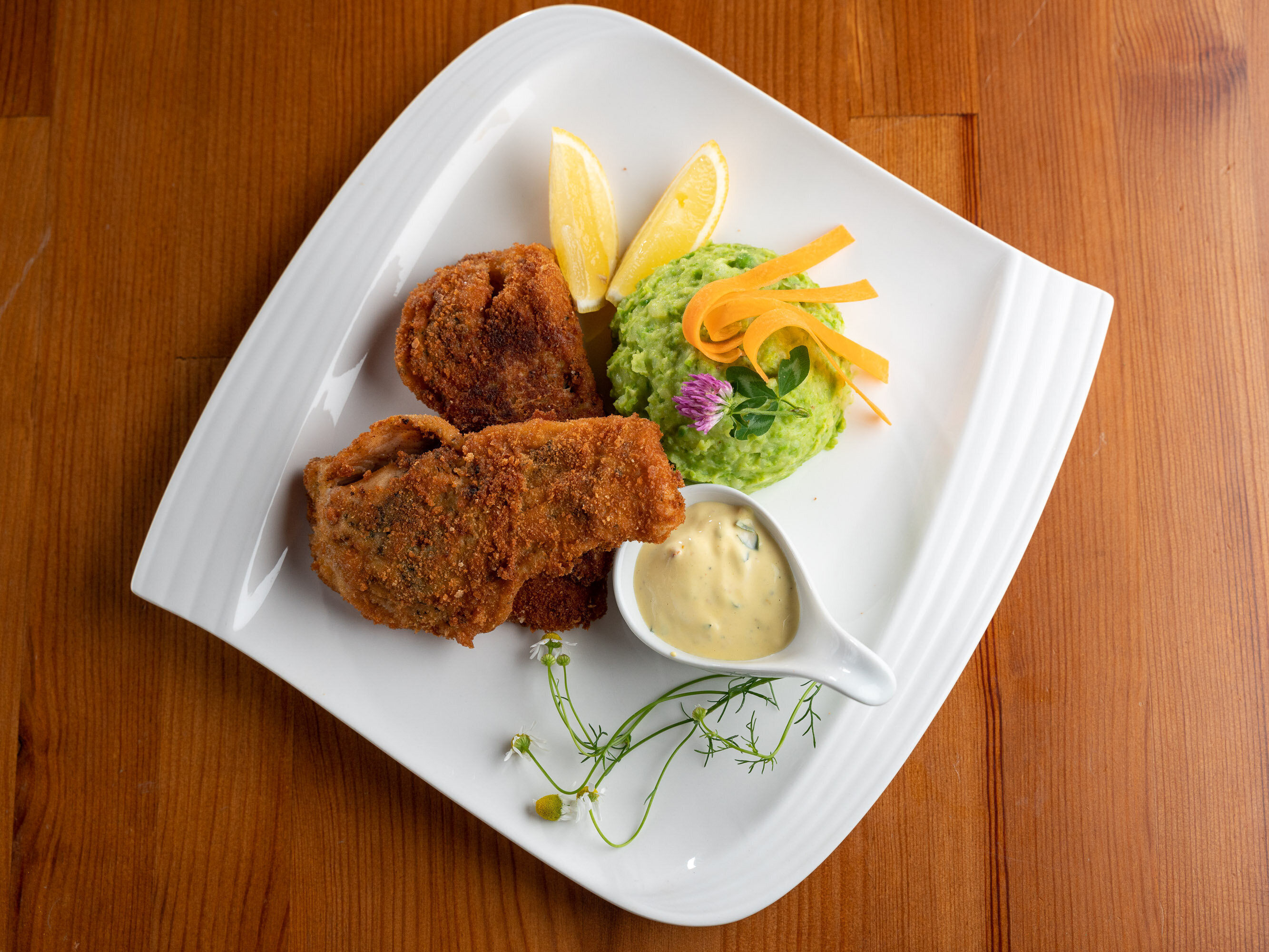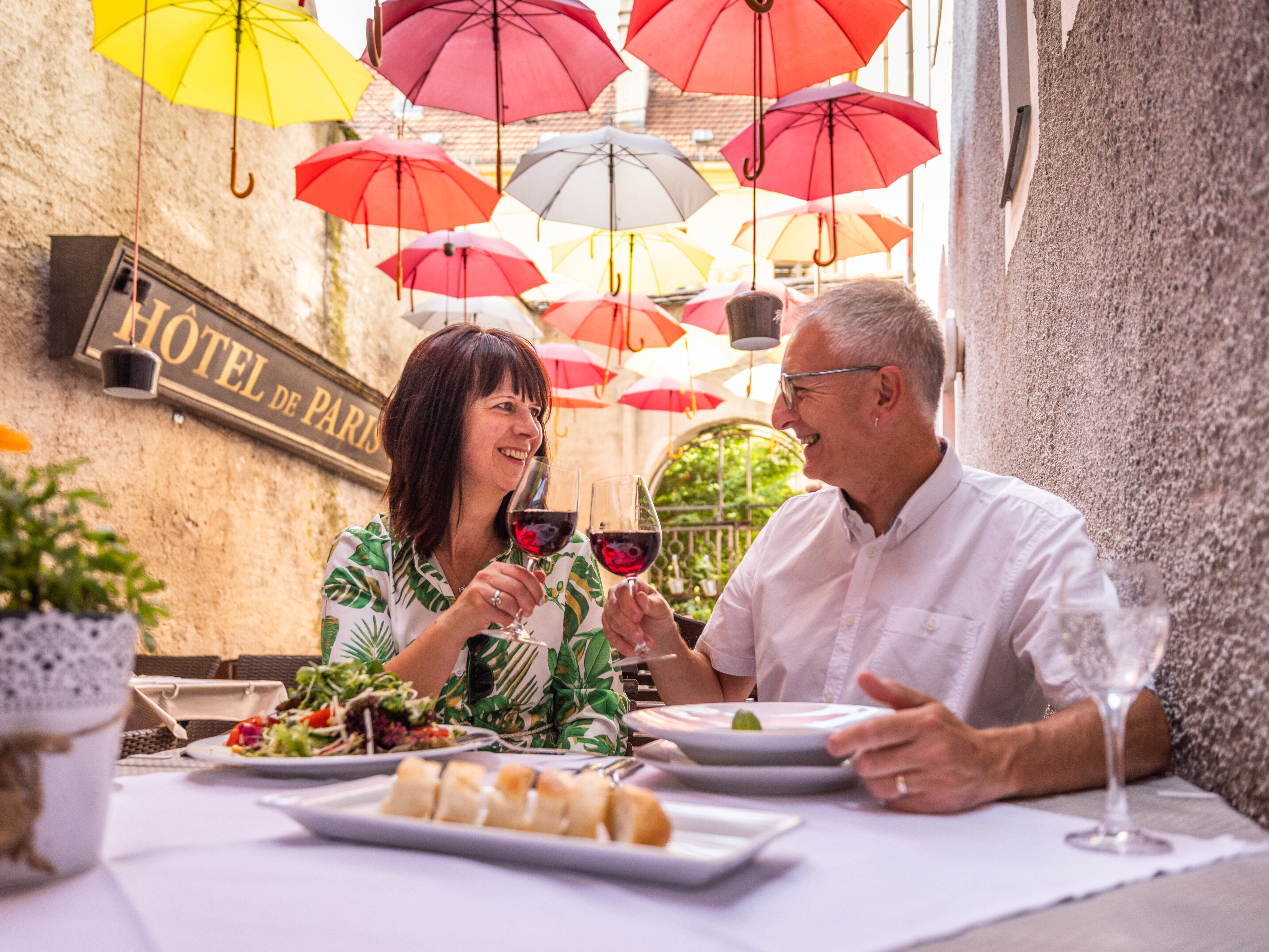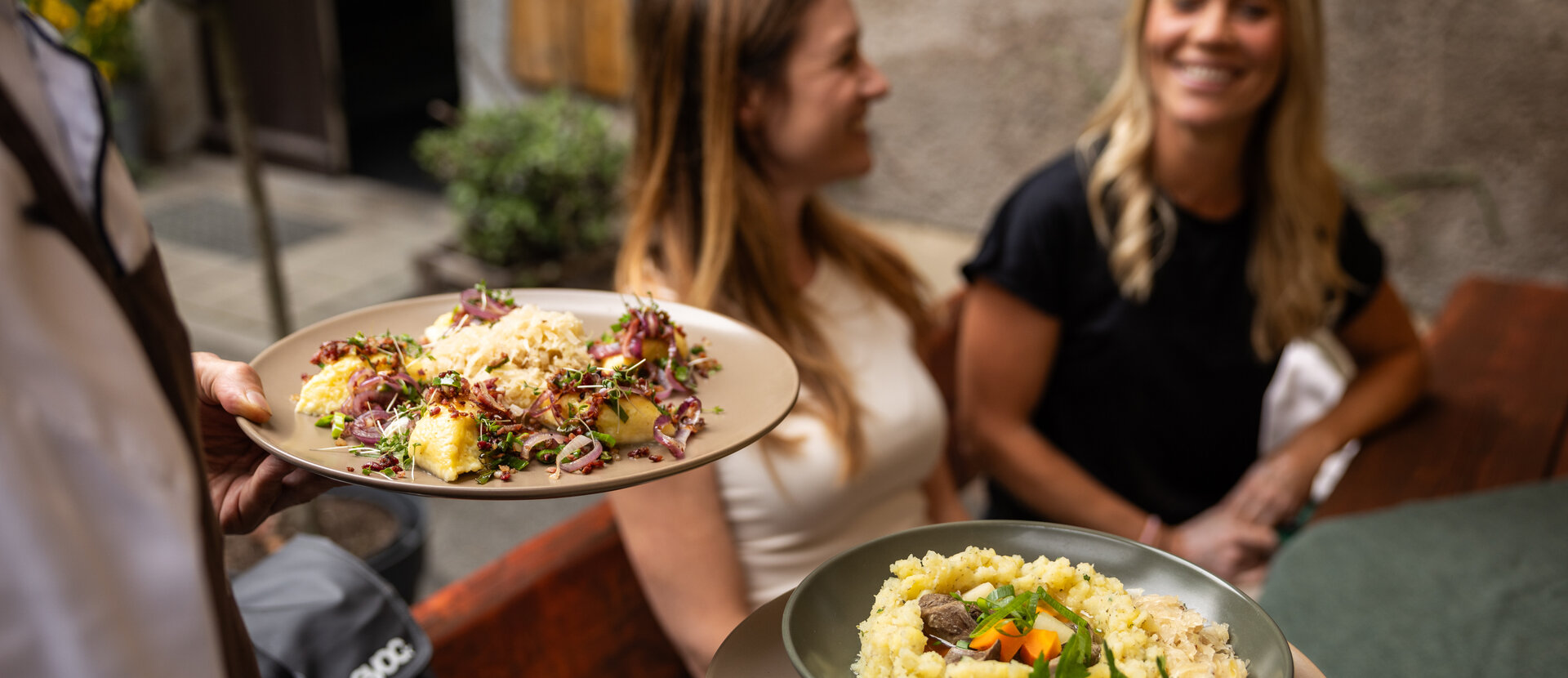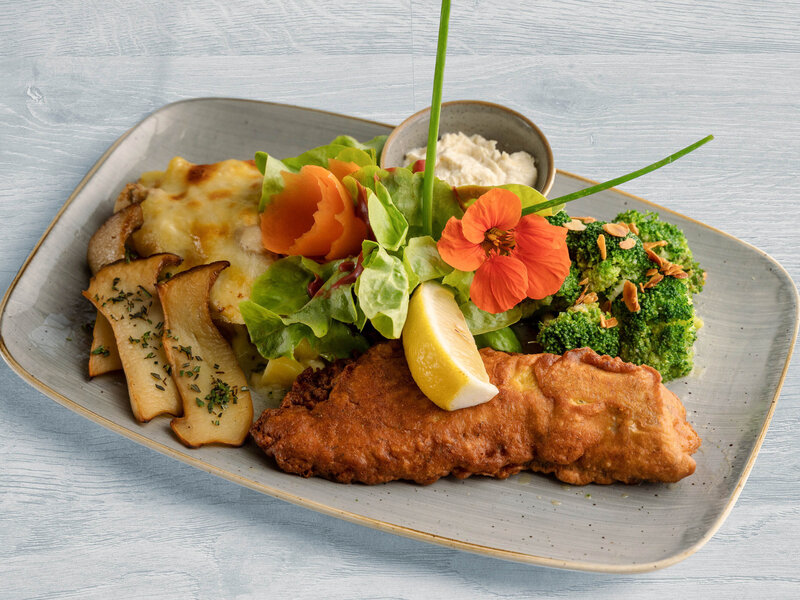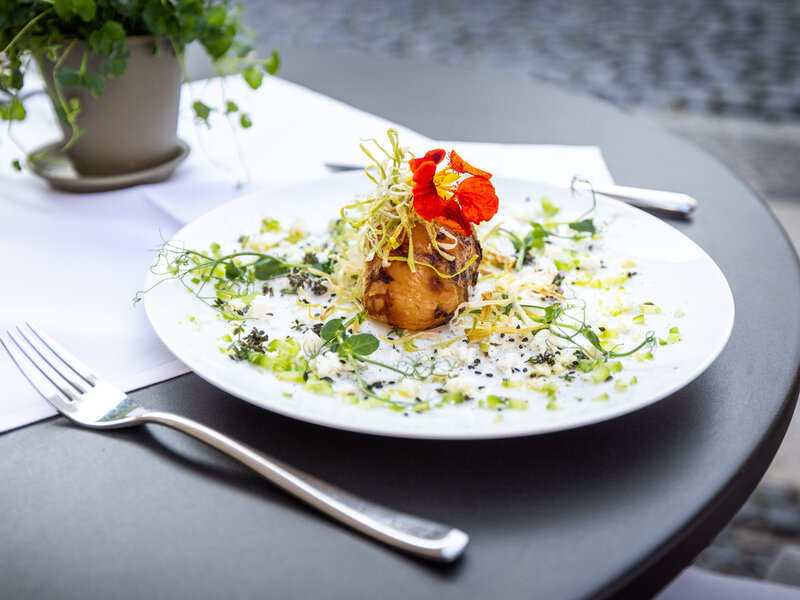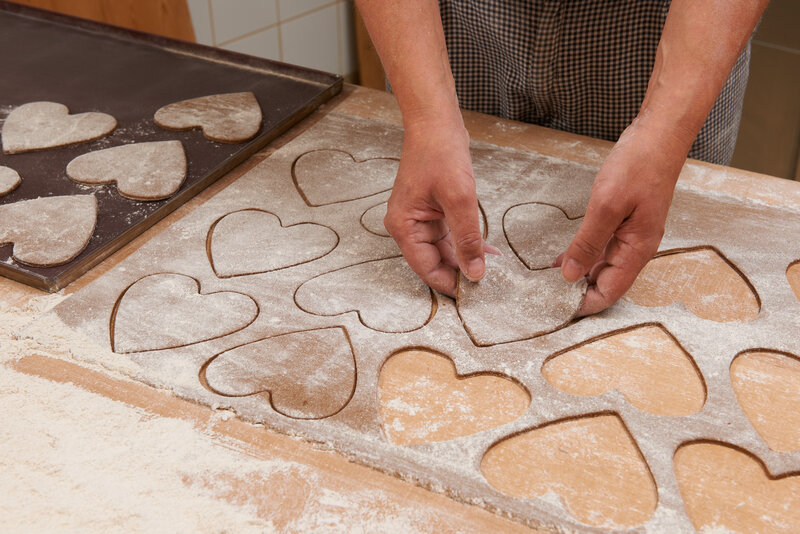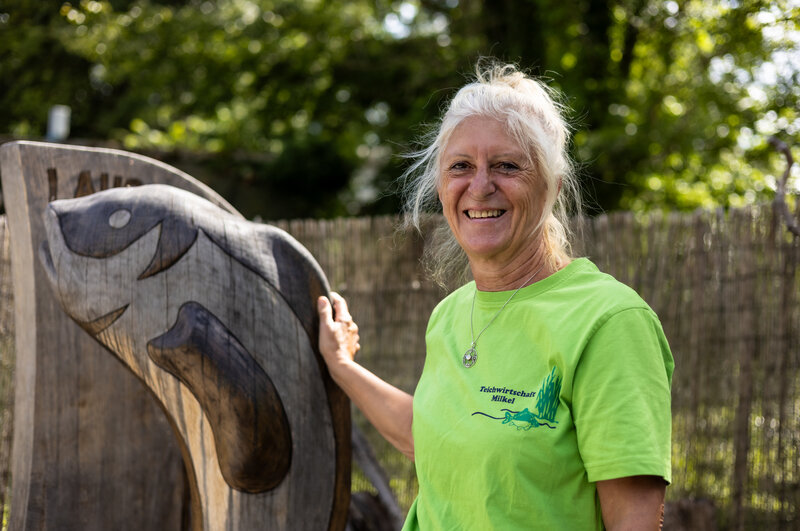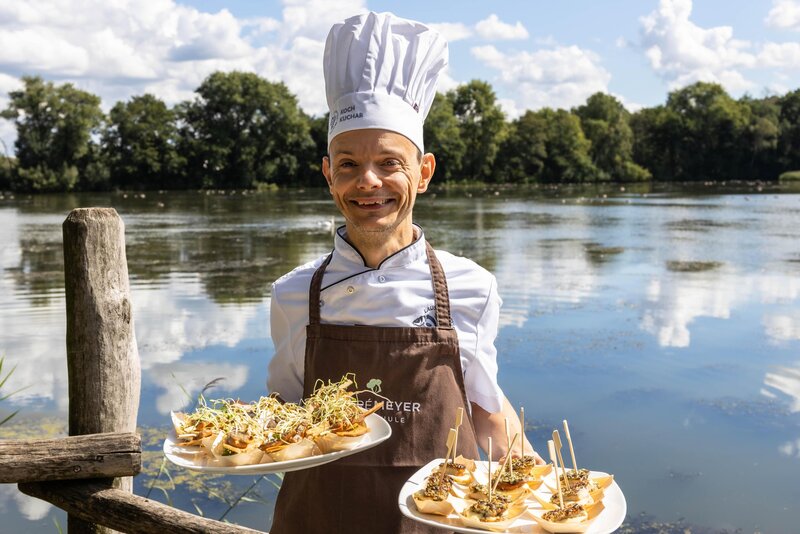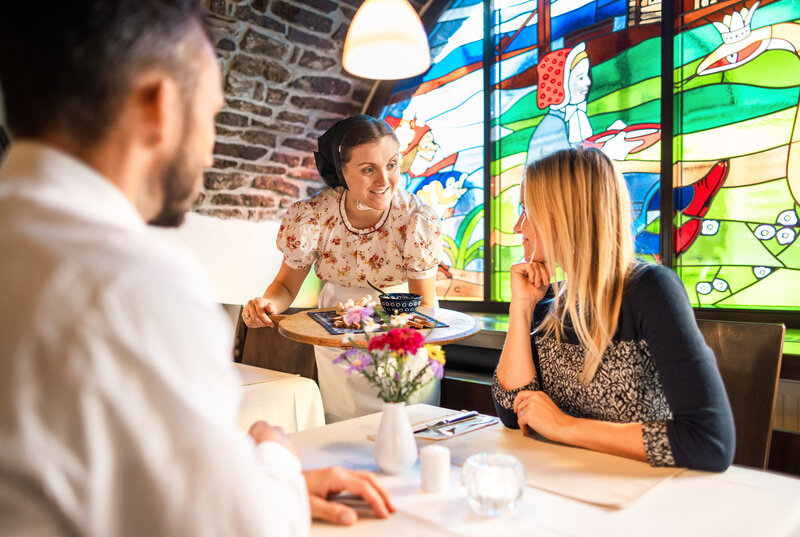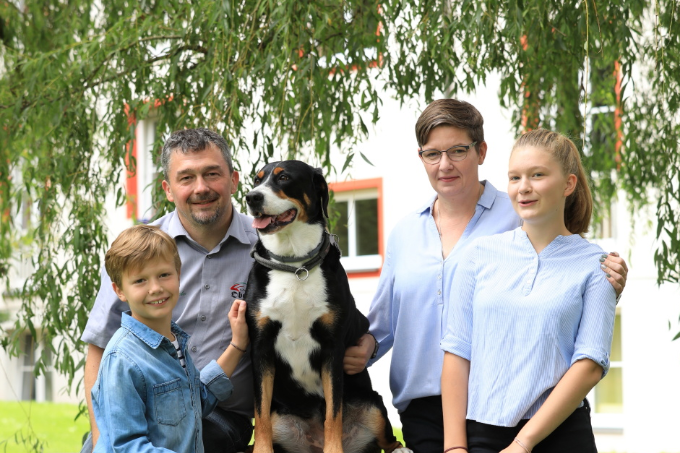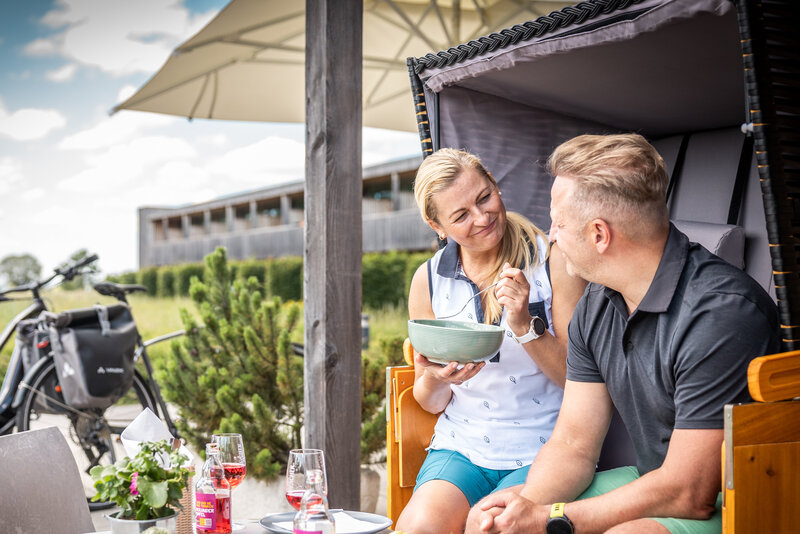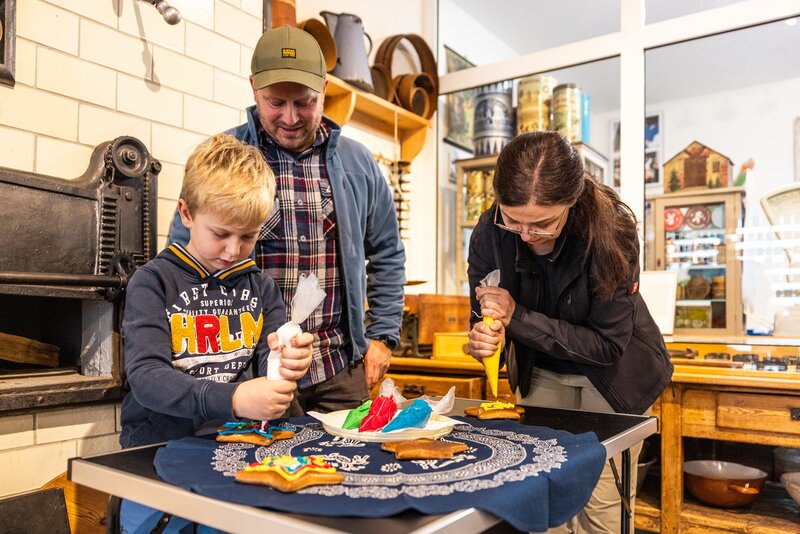
Sweet history & living craftsmanship tradition
Pulsnitz smells of honey, spices and chocolate all year round. Here, gingerbread is more than just a Christmas cookie - it is a living tradition and a genuine craft. The small gingerbread bakeries in the town still bake according to old recipes, with a lot of patience, experience and attention to detail.
Peter and Gabi Kotzsch from Pfefferküchlerei Herrmann Loeschner are passionate about keeping this art alive. "It's gingerbread time for us all year round," says Peter Kotzsch - and he means that literally: from Easter bunnies made from gingerbread dough to hearts for Mother's Day, everything is made by hand here.
Pulsnitz gingerbread has long had fans all over the world. And once you've tried one, you'll understand why: every bite tells of history, home and a craft that is still practiced with all the senses today. Further insights can be found here.

Home on a plate: stop off and enjoy
Visitors to Upper Lusatia can experience the variety and authentic character of Lusatian cuisine in the region's inns and restaurants. You can feel the connection to your homeland in every bite. Many restaurateurs focus on regional specialties such as Stupperle or Teichelmauke, which are particularly popular on menus in southern Upper Lusatia.
Teichelmauke consists of mashed potato with a spicy broth poured over it. The mashed potatoes are arranged like a pond, hence the name. It is served with boiled beef and sauerkraut. Stupperle are typical dumplings from Upper Lusatia. In addition to boiled jacket potatoes, semolina is added to the dough. The name "Stupperle" comes from "stuppen" and means "to stuff". The name is no coincidence. After a portion of Stupperle, you feel well "stupped".
The use of seasonal and regional ingredients is a trademark. Whether traditionally prepared or interpreted in a modern way - every dish tells a story.
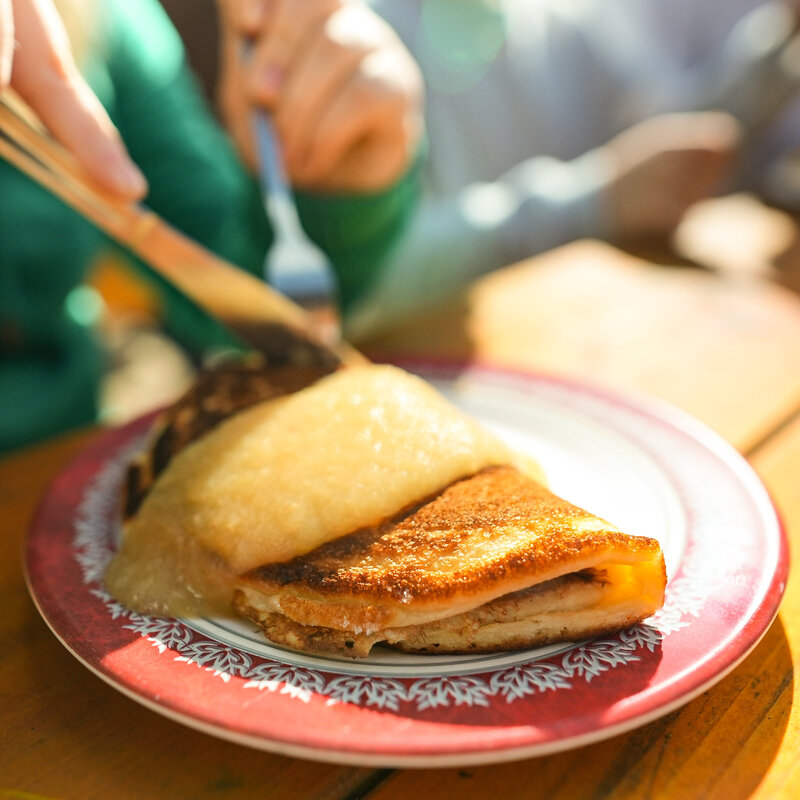
Wedding soup and sweet pancakes: the diversity of Sorbian cuisine
You shouldn't miss this unique culinary heritage of Lusatia when you visit the region! The Sorbs/Wends have lived in the region for centuries. The smallest Slavic people have also left their mark on the region's cuisine, which is rich in tradition. The dishes of the Sorbs are characterized by simple ingredients such as potatoes, meat and fresh vegetables and stand for seasonality, regionality and a close connection to nature.
Delicacies such as hearty beer soup, cabbage mauke with red cabbage or buttermilk pancakes embody the rustic charm of this cuisine. Festive dishes such as wedding soup or beef with horseradish sauce play a central role on special occasions and are an integral part of the traditions of the Sorbian community.
Modern chefs are also inspired. They reinterpret classic recipes and combine tradition with innovation. Sorbian cuisine invites you to experience history, culture and unadulterated enjoyment.
Traditional "Sroki" pastries
In anticipation of spring, the Sorbs celebrate the "bird wedding" on 25 January. The birds thank the children for feeding them in winter in the form of sweet pastries. The so-called "Sroki" (translation: magpie, the bride of the bird wedding) is made from milk roll or yeast dough, meringue or cream.
The pastries can be found in regional bakeries around the time of the bird wedding.
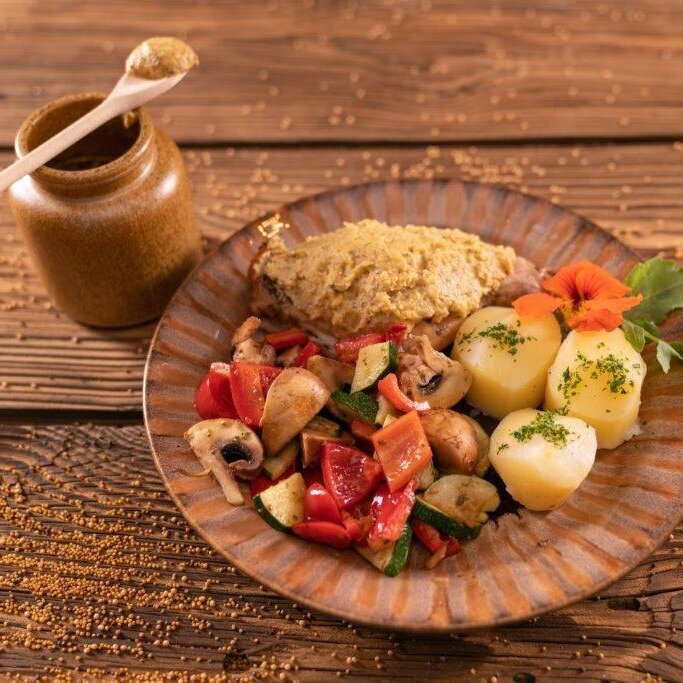
Where mustard is at home: Bautzen and its spicy ambassador
It belongs to Bautzen like breakfast eggs belong to Sunday: mustard. It has been produced in the city of towers for over 150 years - with pride, sophistication and a good dash of history. But in Bautzen, mustard is much more than just a spicy accompaniment on the plate. It is a symbol, a bearer of tradition and the protagonist of an annual culinary showcase that combines indulgence and regionality.
Its aroma is slightly pungent, the color sunny yellow, the taste unmistakable. Bautzen mustard - the little everyday hero from Upper Lusatia, which has been used for generations on sausages, in sauces and on sandwiches. And no longer just in eastern Germany. The product in the yellow and blue packaging with the distinctive lettering has long since found fans all over the country. It can also be found more and more often on supermarket shelves in other European countries. "I've even eaten it in the Portuguese Algarve," says Dietmar Stange, Chairman of the Bautzen/Budyšin Tourism Association. At the southwesternmost point of Europe, the cult food truck "Last Bratwurst before America" can be found on the coast. "They had a big bucket of Bautzen ready when I visited."
It all began in 1866, when the first mustard factory in the region opened in Bautzen. Back then, mustard was a luxury item, a treat for well-off citizens. It was industrialization that made it affordable - and popular. In the GDR in particular, the "Bautzner" brand became an everyday companion. The medium-hot classic was sold in large jars, could be found in almost every kitchen cupboard and was as much a part of bratwurst and boulette as butter slices are of the bread tin.
After reunification, the business passed into private hands. Today, the mustard is produced under the umbrella of Develey Senf & Feinkost GmbH - naturally at the traditional location in Bautzen. Where it all began.
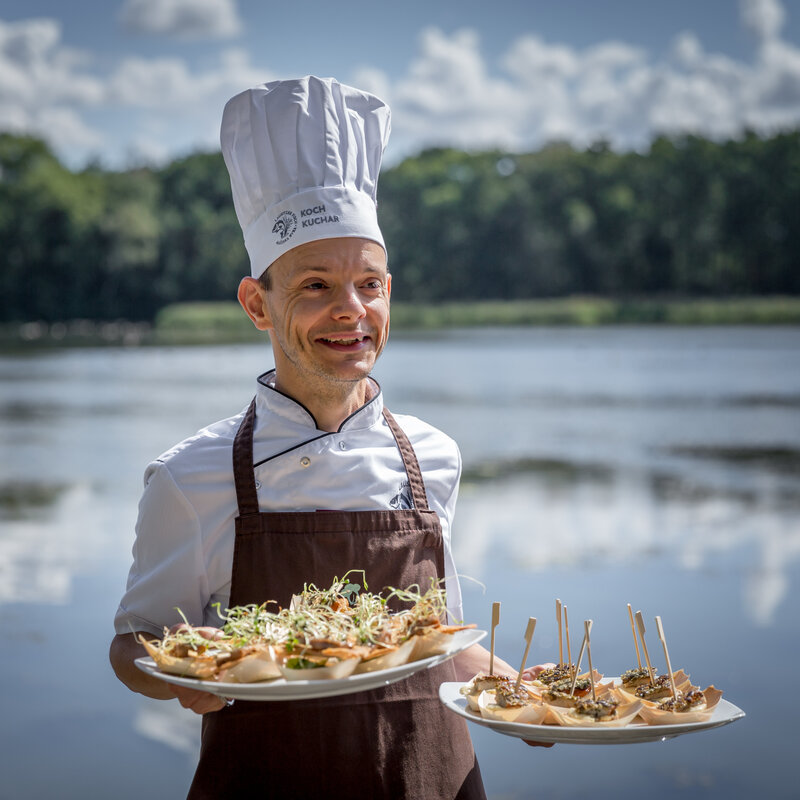
Carp, pike and sturgeon: fresh fish from Lusatia
The land of a thousand ponds: The Upper Lusatian heath and pond landscape forms Central Europe's largest man-made pond region with over 1,000 bodies of water. To preserve this habitat, it was declared a UNESCO biosphere reserve in 1996. Many rare animals and plants live here - and the Lusatian fish. Pond farming has been practiced here for 800 years. Today, the brand "Lusatian fish" brand stands for regional quality.
Only the best is put on the plate, whether in restaurants or the region's farm stores. Carp, pike and sturgeon are among the most popular edible fish. During the Lusatian Fish Weeks, numerous fishing festivals are held in Upper Lusatia every year, where visitors can talk to the pond keepers and sample the fishy delicacies.
However, restaurant chefs do not only use traditional recipes to prepare Lusatian fish. More and more kitchens are becoming much more innovative. Why not try a carp praline!

Silesian Himmelreich - traditional festive dish of Silesian cuisine
Schlesisches Himmelreich is characterized by its sweet and salty taste. It consists of cured pork, often Kassler, and is cooked together with dried fruit such as plums, apricots and apples. Typical spices such as cloves, cinnamon or bay leaves give the dish an aromatic note. It is usually served with mashed potatoes, dumplings or white bread.
This regional dish is often found on the menus of eastern Upper Lusatia.
An interview with our restaurateurs
Culinary impressions of Upper Lusatia
